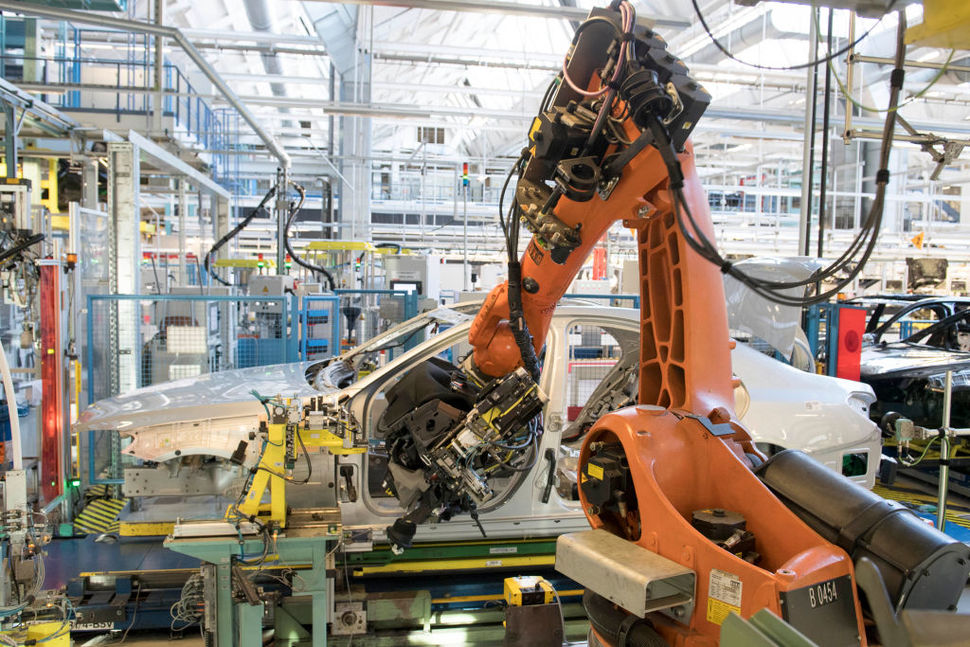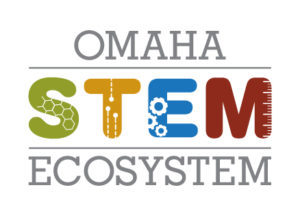
Photo: THOMAS KIENZLE/AFP/GETTY IMAGES
The workforce of tomorrow requires a strong STEM foundation today.
INSIDE SUBARU OF Indiana Automotive, students gather around a scaled-down version of the robotic arms the industry uses to make cars. They watch as it sorts colored blocks on a miniaturized production line, occasionally glancing at the nearby laptop to make sure it is following the commands they programmed. These students are simulating the roles of modern manufacturing employees.
In the automotive industry, robots have become common, performing risky or repetitive tasks and improving the production line. By 2019, there will be approximately 2.6 million industrial robots in use worldwide, according to a 2016 report by the International Federation of Robotics.
However, while the increased use of industrial robots has enhanced the precision and efficiency of manufacturing, it has also fueled a skills gap in the field. According to a study by Deloitte Consulting LLP and the Manufacturing Institute, there are an estimated 3.4 million jobs to be filled in manufacturing from 2015 to 2025 – and only approximately 1.4 million qualified workers to do so.
Schools and industries to bridge this gap and find ways to best prepare students for workforce requirements – one in which science, technology, engineering and mathematics play a major part. STEM Education Works aims to help by introducing a robotics-centered curriculum with industry-aligned technology into middle- and high-school classrooms.
“It’s just finding the right channel of communication between the industries and schools,” said Greg Strimel, Purdue University professor and STEM Education Works curriculum developer.
The goal of STEM Education Works’ curriculum is to expose students to industry-relevant technical skills at a younger age, Strimel said. These types of skills are currently only introduced in high-school elective classes, he said, but by applying academic standards such as Next Generation Science Standards, the curriculum can be a foundation in core STEM classes to introduce these skills in middle school.
To view full article: https://www.usnews.com/news/stem-solutions/articles/2018-07-09/commentary-industry-education-needed-to-bridge-stem-skills-gap
